Understanding Liposuction Basics
Liposuction is a surgical procedure that removes fat cells via suction, often targeting areas such as the abdomen, thighs, buttocks, arms, and neck. The primary aim of liposuction is to contour and reshape the body rather than achieve significant weight loss. This procedure is most effective for individuals with specific pockets of fat that don’t respond to traditional methods like diet and exercise. It’s essential to understand that liposuction works best as a complementary technique to a healthy lifestyle, not as a replacement. The process involves inserting a thin tube, or cannula, through small incisions to break up and suction out fat cells. Recovery times and outcomes can vary, but most patients can expect to see noticeable improvements in body shape and proportion. Consulting with a qualified surgeon will help determine if liposuction is suitable for your unique body type and goals.
Medical Guidelines and Safety Standards
Medical guidelines and safety standards are essential to ensure the well-being of patients undergoing liposuction. The American Society of Plastic Surgeons advises that no more than five liters (around 11 pounds) of fat should be removed in a single session to minimize the risk of complications. Removing more than this amount can increase the likelihood of adverse effects such as infection, blood clots, and prolonged recovery times. Patients should undergo a thorough pre-operative evaluation, including a review of their medical history and current health status, to determine their suitability for the procedure. Proper hydration, maintaining a stable weight, and following all pre- and post-operative instructions are critical for a safe and successful liposuction experience. Additionally, choosing a board-certified plastic surgeon with extensive experience in liposuction is vital to adhering to these safety standards and achieving the desired aesthetic results. By adhering to these guidelines, patients can optimize their outcomes while minimizing potential risks.
Factors Influencing Fat Removal Limits
Several factors influence the safe removal of fat during liposuction, including overall health, the specific areas treated, and skin elasticity. Patients with good skin elasticity generally achieve better results as their skin can more easily adjust to new contours. The amount of fat present and the patient’s muscle tone and body proportion also play a crucial role in determining appropriate fat removal limits. A thorough evaluation by a qualified surgeon is essential to assess these factors and set realistic and safe fat removal goals tailored to each individual’s needs.
Risks of Excessive Fat Removal
Excessive fat removal during liposuction can lead to a host of complications, underscoring the importance of adhering to safety standards. One of the primary risks is infection, which can occur if too much tissue is disturbed. Another significant concern is prolonged swelling, which can delay recovery and affect the final results. Asymmetry is also a potential issue, where one side of the body doesn’t match the other, leading to an uneven appearance. Skin irregularities, such as lumpiness and dimpling, can occur if too much fat is removed, causing the skin to lose its smooth texture.
Contour deformities are another risk associated with aggressive liposuction. When excessive fat is removed, the skin and underlying tissues may not retract properly, resulting in an uneven or dimpled surface. This can be particularly problematic in areas with less skin elasticity. Additionally, overzealous fat removal can compromise the skin’s integrity, making it more susceptible to sagging and other issues.
There’s also the danger of blood clots, which can be life-threatening if they travel to vital organs. Removing too much fat at once increases the likelihood of these complications, making it crucial to follow medical guidelines. Consulting with an experienced, board-certified surgeon will help mitigate these risks and ensure that your procedure is both safe and effective.
Typical Amounts of Fat Removed
The typical amount of fat removed during liposuction varies based on several factors, including the area being treated and the patient’s individual characteristics. In general, surgeons aim to remove between a few ounces to several pounds of fat, tailored to the patient’s needs and safety considerations. Smaller areas like the neck might involve removing less than an ounce of fat, while larger areas like the abdomen or thighs may see more significant removal. The primary goal is to achieve a balanced and aesthetically pleasing contour rather than focusing solely on the volume of fat extracted. During your consultation, your surgeon will evaluate your body type and discuss your aesthetic goals to determine an appropriate amount of fat removal for your specific situation. It’s important to remember that the aim is to enhance your natural shape and proportions, resulting in a more harmonious overall appearance. This tailored approach ensures that the results are both safe and satisfying, taking into account the unique aspects of your body.
Setting Realistic Expectations
Setting realistic expectations is essential for feeling satisfied with your liposuction results. While this procedure can enhance body contours and remove stubborn fat pockets, it is not a substitute for weight loss or a treatment for obesity. Liposuction works best for fine-tuning your body shape rather than achieving a drastic transformation. It’s crucial to approach the procedure with a clear understanding of what it can and cannot accomplish.
During your consultation, your surgeon will discuss your aesthetic goals and evaluate your physical condition to help set achievable targets. This personalized approach ensures that the results are harmonious with your natural body proportions. Remember that the primary goal of liposuction is to achieve a more balanced and proportionate appearance, rather than focusing solely on the amount of fat removed.
Recovery time, skin elasticity, and overall health are significant factors that can affect the final outcome. Patients with good skin elasticity tend to achieve better results, as their skin can adjust more smoothly to the new contours. It’s also important to follow all pre- and post-operative instructions to ensure optimal healing and results.
Having open communication with your surgeon about your goals and limitations will help you maintain realistic expectations. This understanding will not only contribute to a successful outcome but also enhance your overall satisfaction with the procedure. By focusing on realistic goals and a comprehensive approach to body contouring, you can achieve a more refined and natural appearance.
Combining Liposuction with Other Procedures
Combining liposuction with other cosmetic procedures can offer a more comprehensive approach to body contouring, addressing multiple concerns in one surgical session. For example, a tummy tuck (abdominoplasty) can be combined with liposuction to not only remove excess fat but also tighten the abdominal muscles and eliminate loose skin, resulting in a flatter and more toned midsection. Similarly, a body lift can target various areas like the thighs, buttocks, and abdomen, improving both the contour and firmness of these regions.
Another popular combination is liposuction with breast augmentation or reduction, which can help achieve a more balanced overall physique. Patients who have undergone significant weight loss might find that combining procedures offers a more effective solution to deal with residual fat deposits and excess skin. This integrated approach can be particularly beneficial for achieving a cohesive and natural-looking result, especially when multiple areas of the body require attention.
It’s crucial to have an in-depth consultation with a board-certified plastic surgeon to discuss your goals and evaluate your physical condition. Your surgeon will help you determine the most suitable combination of procedures to meet your specific needs. Combining treatments can be more cost-effective and reduce overall recovery time, but it’s essential to weigh the potential benefits against the risks.
Post-Operative Care and Maintaining Results
Adhering to post-operative care guidelines is essential for achieving optimal results after liposuction. Wearing compression garments as recommended by your surgeon can help reduce swelling and support the newly contoured areas during the healing process. Attending all follow-up appointments is crucial for monitoring progress and addressing any concerns that may arise.
A balanced diet and regular exercise are key to maintaining the improved body shape achieved through liposuction. While the procedure removes fat cells, it doesn’t prevent new fat accumulation if you revert to unhealthy habits. Staying hydrated and avoiding excessive salt intake can also help manage swelling and support overall recovery.
Pay attention to your body’s signals and avoid strenuous activities until your surgeon clears you to resume them. Gentle movements and light walking can promote blood circulation and speed up the healing process. Keeping the surgical areas clean and following any wound care instructions will minimize the risk of infection and complications.
By committing to these post-operative care practices and maintaining a healthy lifestyle, you can preserve the benefits of your liposuction procedure for the long term.
CONTACT US TO Schedule a Consultation WITH CLEVELAND, OH PLASTIC SURGEON, Dr. Bram Kaufman
To learn more about cosmetic treatment and procedures or to schedule a consultation by Cleveland Ohio area plastic surgeon, Dr. Bram Kaufman, please contact us click here.
Now taking new patients in Cleveland OH | Pepper Pike | Beachwood | Lyndhurst and other surrounding areas.
